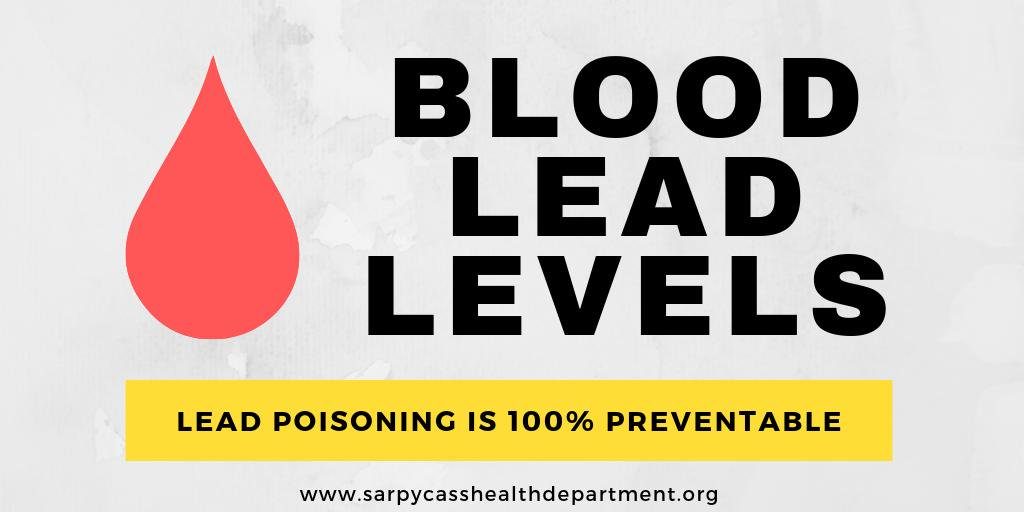In homes around the country, there exists a substance called Lead. Lead is a metallic element, has been around since 4,000BC. and along with it came a wide array of uses. Lead has been used in paints, as medicine, in Poisons, on construction sites, in the kitchen, in art and the list goes on. As time went on and we learned more about it we began to understand that it could have some negative properties. Even brief exposure to lead can cause abdominal pain, fatigue, nausea, learning disabilities, behavioral defects and can be fatal. There are less than 200,000 cases per year, but the side effects can be severe enough that there should be a continued effort to spread awareness and prevention methods.
Pb is dangerous and I don’t mean peanut butter. According to the Massachusetts Department of public health, in 2017, there was an average of 71% of homes that tested positive for lead across the entirety of MA. There were also, 556 confirmed incidents regarding lead poisoning. In 1978, the federal government banned the use of paint containing lead. The element and even its dust can be toxic to humans. It can have serious effects on our mental and physical development. If your house was made before 1978 there is a good chance for your home’s paint or pipes to contain lead. In towns like Winthrop, MA, the percentage of homes built before 1978 is 90%.
There are methods for identifying if your property contains lead and how to remove it. Since the government banned the use of lead-based paint and products commercially in 1978, you can begin with knowing the age of your home and whether the paint is from 1970 or earlier. If your home was built in the early 1900s that is a good indicator that the stairwells, walls, and doorways could contain lead. Examine the building ledger or talk with the previous owner to understand what kind of work has been done and if the house may already be treated for the lead. Another indicator that your home is damaged from lead is the paint’s Condition. If the paint is deteriorating, peeling, or flaking off the walls you should test it immediately for lead. You can use a home lead test kit, found at local hardware stores or online. If you have the gear (goggles, breathing respirator, and gloves), you could remove the paint by chipping it away and painting a water-based paint over the surface. The government is strict about non-licensed entities or persons facilitating the deleading process and landlords must ask government permission to do the work themselves as it can create a dangerous environment. As an extra precaution, if you are not confident with the reading of your home test you should contact a professionally trained deleader to deal with lead paint. They have sophisticated tools that can read the lead content level more accurately.
Positive uses of lead: Lead is still used in positive ways and simply needs to be properly stored and utilized. Lead is used every day to power cars, protect from radiation exposure, covering electrical wires, and even in weights for the gym
When dealing with lead in real estate you must be vigilant as the major victims of lead poisoning are children under the age of 6. If you are concerned that a relative may be suffering from lead poisoning, a blood test can be administered to confirm the disease. Luckily there are plenty of precautions that are taken by agencies around the country. Housing resource providers make sure that homes their clients are applying to are deleaded prior to residents moving in.
Upon move-in, you are able to request from your landlord all documentation pertaining to lead and lead treatment on the property. Lead Law and Notification Certification, the most recent lead inspection, and a letter of compliance. There is free lead testing through a local board of health or the Childhood Lead poisoning prevention program. It is recommended by the Massachusetts Law Reform Institute to get your child’s blood tested for lead once a year until the age of six. Select cities also require your child to be tested at the age of four. The tricky part about applying to homes that may have lead is that the landlord cannot turn away applicants due to susceptibility to lead, even after move-in if lead is found the landlord may have to take responsibility for additional housing for the tenants.
By maintaining awareness of our surroundings and taking responsibility for our most cherished investments, we enrich our lives and create a better future.
References:
Help, Mass Legal. “Chapter 9: Lead Poisoning.†Mass Legal Help, Massachusetts Law Reform Institute , Mar. 2018, www.masslegalhelp.org/housing/lt1-chapter-9-lead-poisoning.pdf.
Prevention Program, Massachusetts Childhood Lead Poisoning. “Screening and Prevalence Statistics 2017 .†Massgov, 22 Aug. 2018, www.mass.gov/files/documents/2018/09/19/cy17-screening-and-prevalence_0.pdf.

